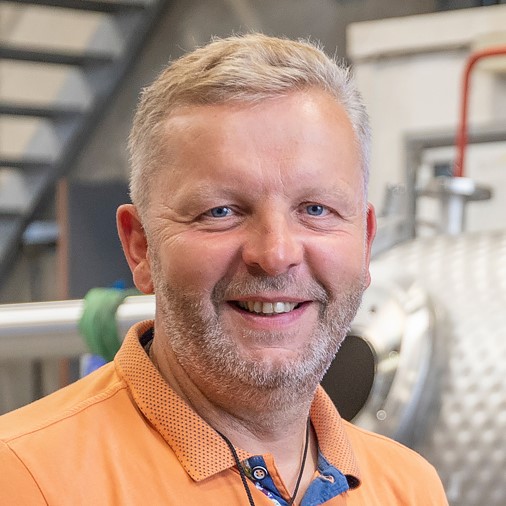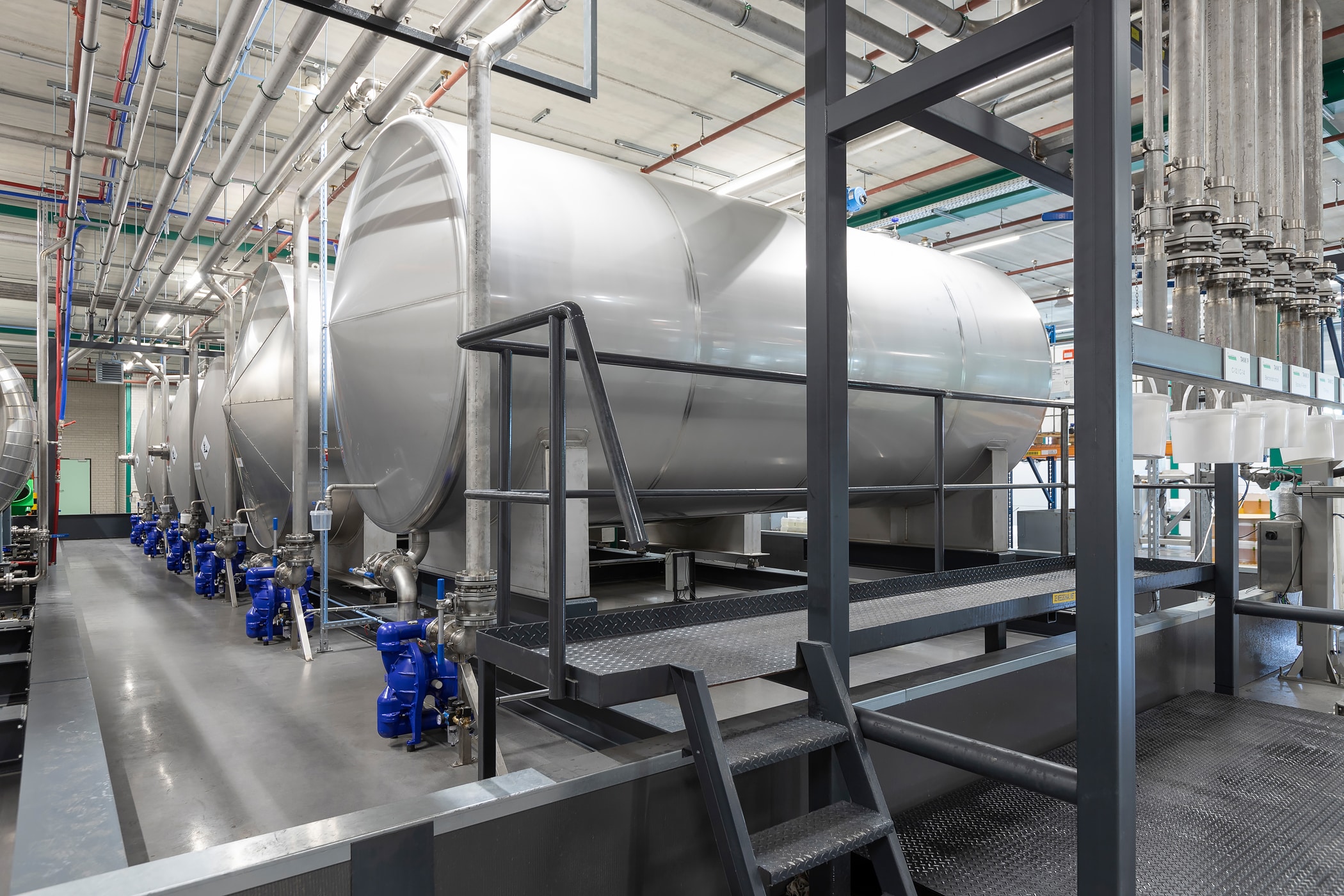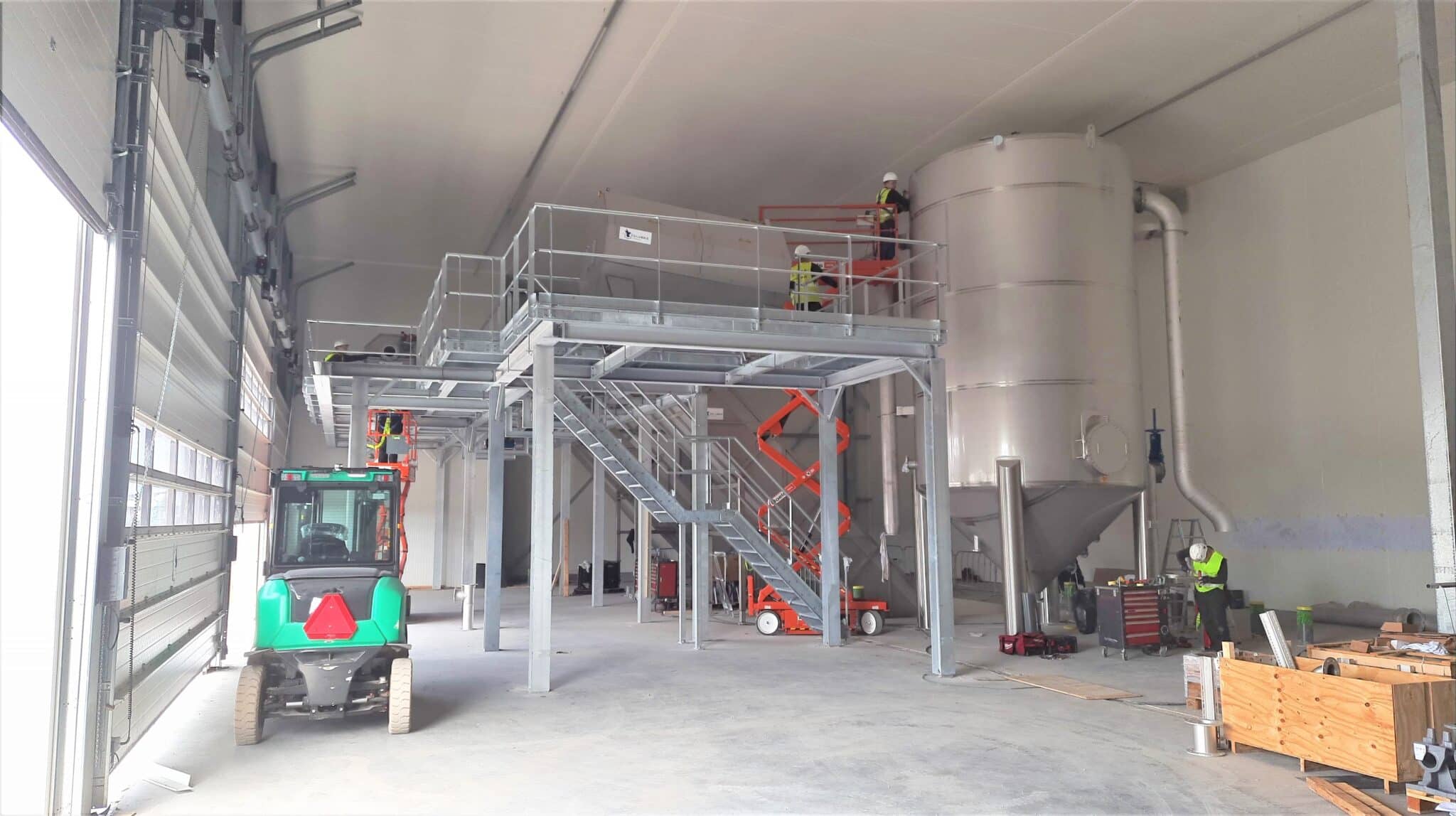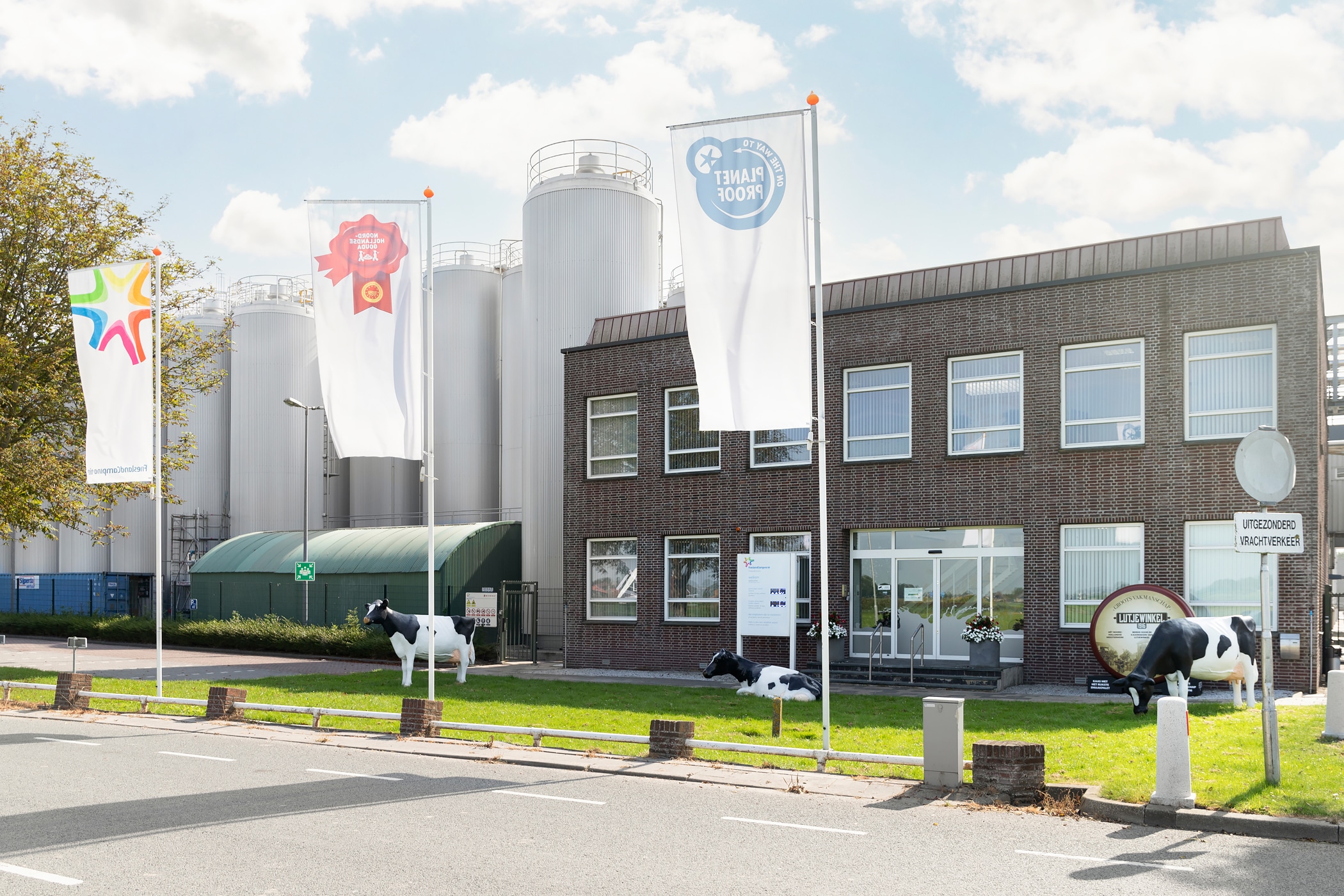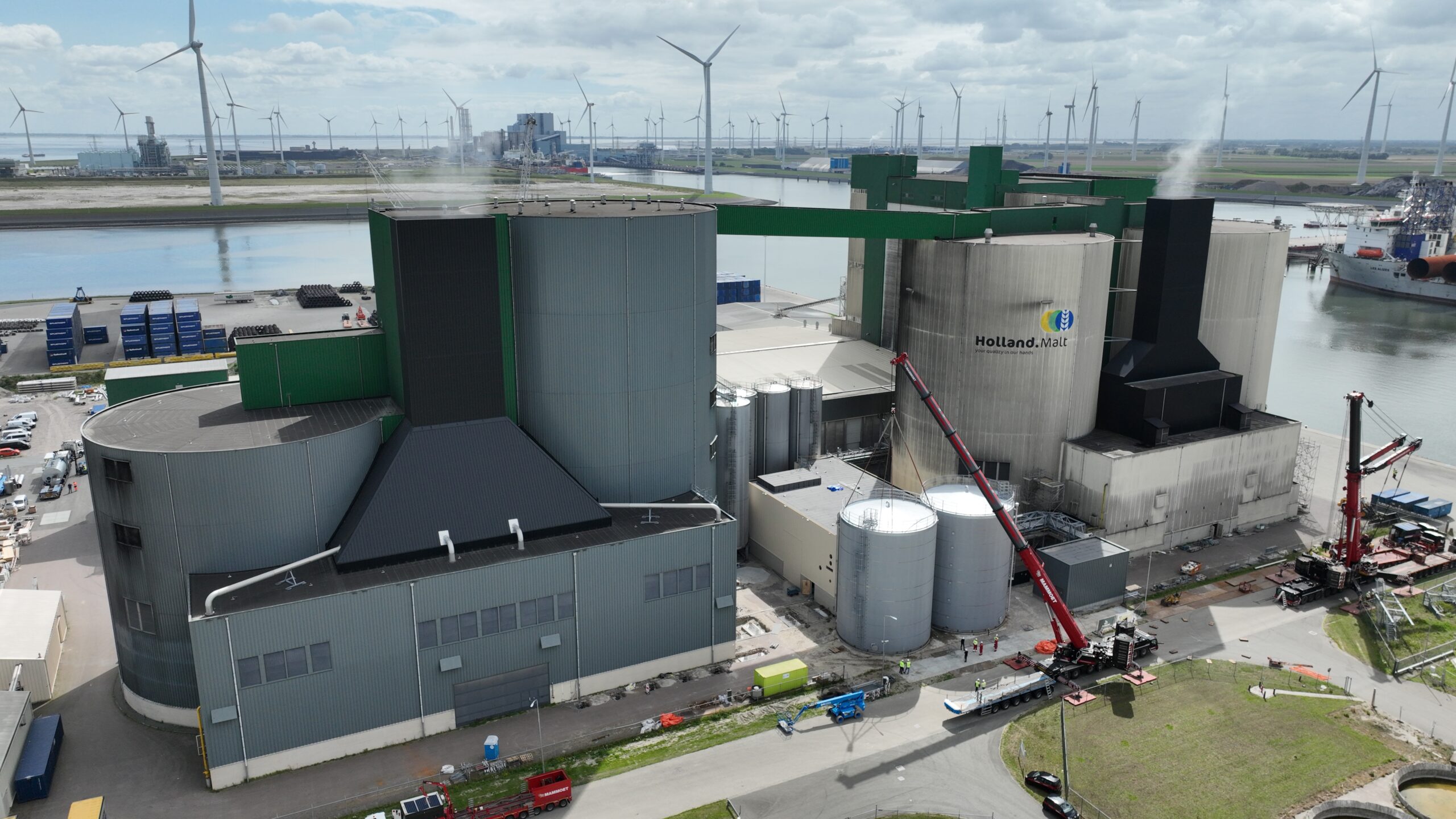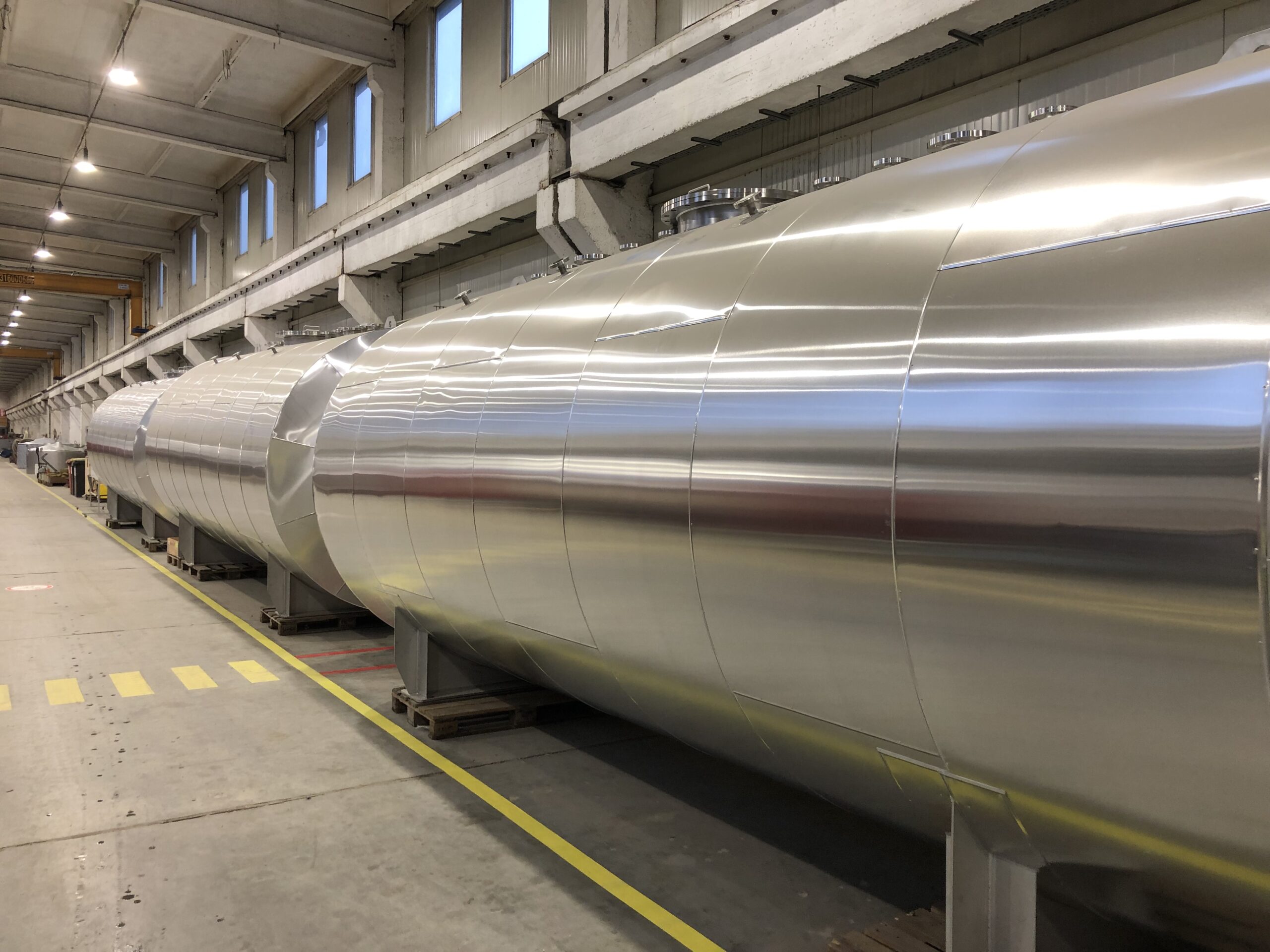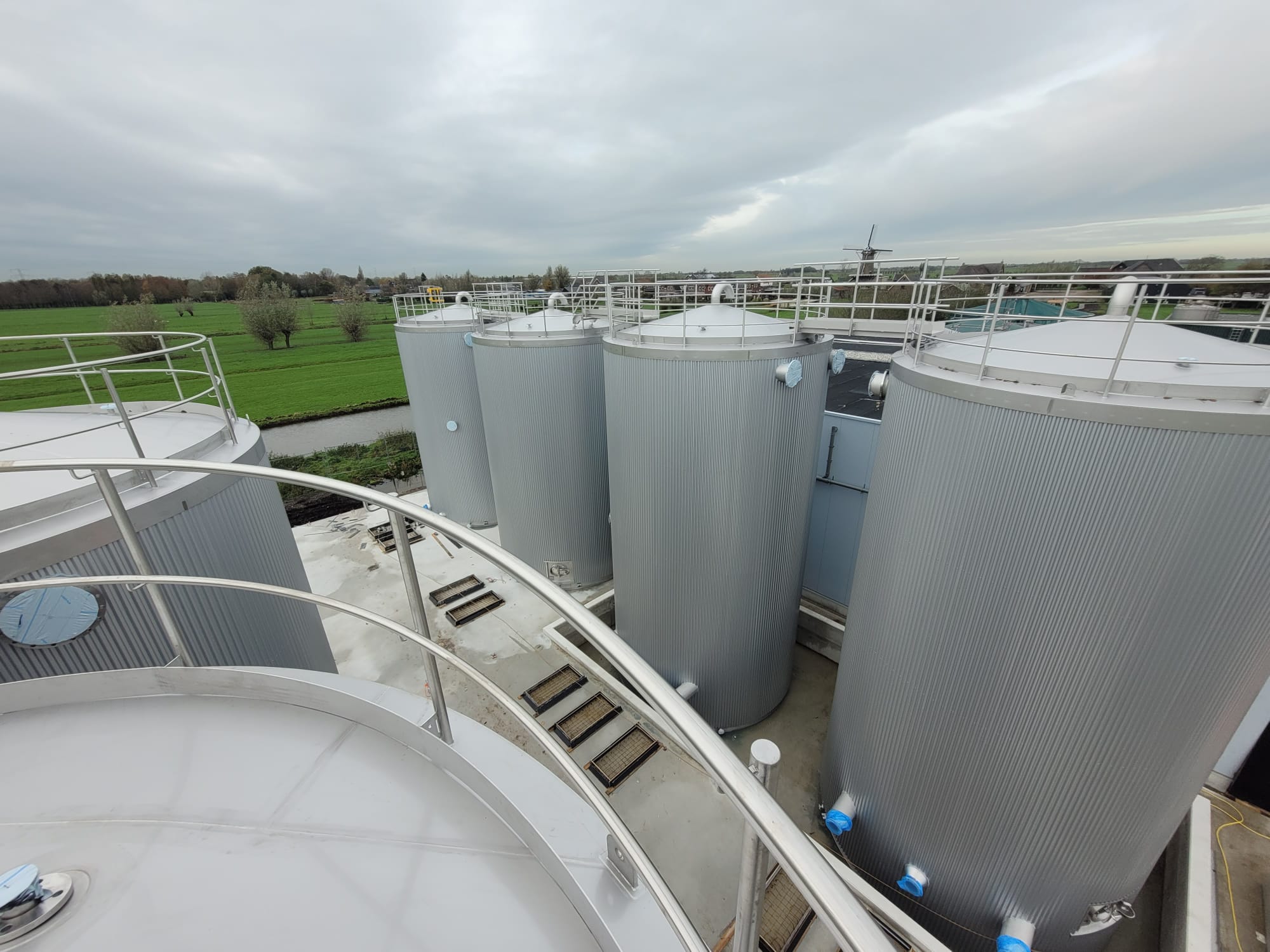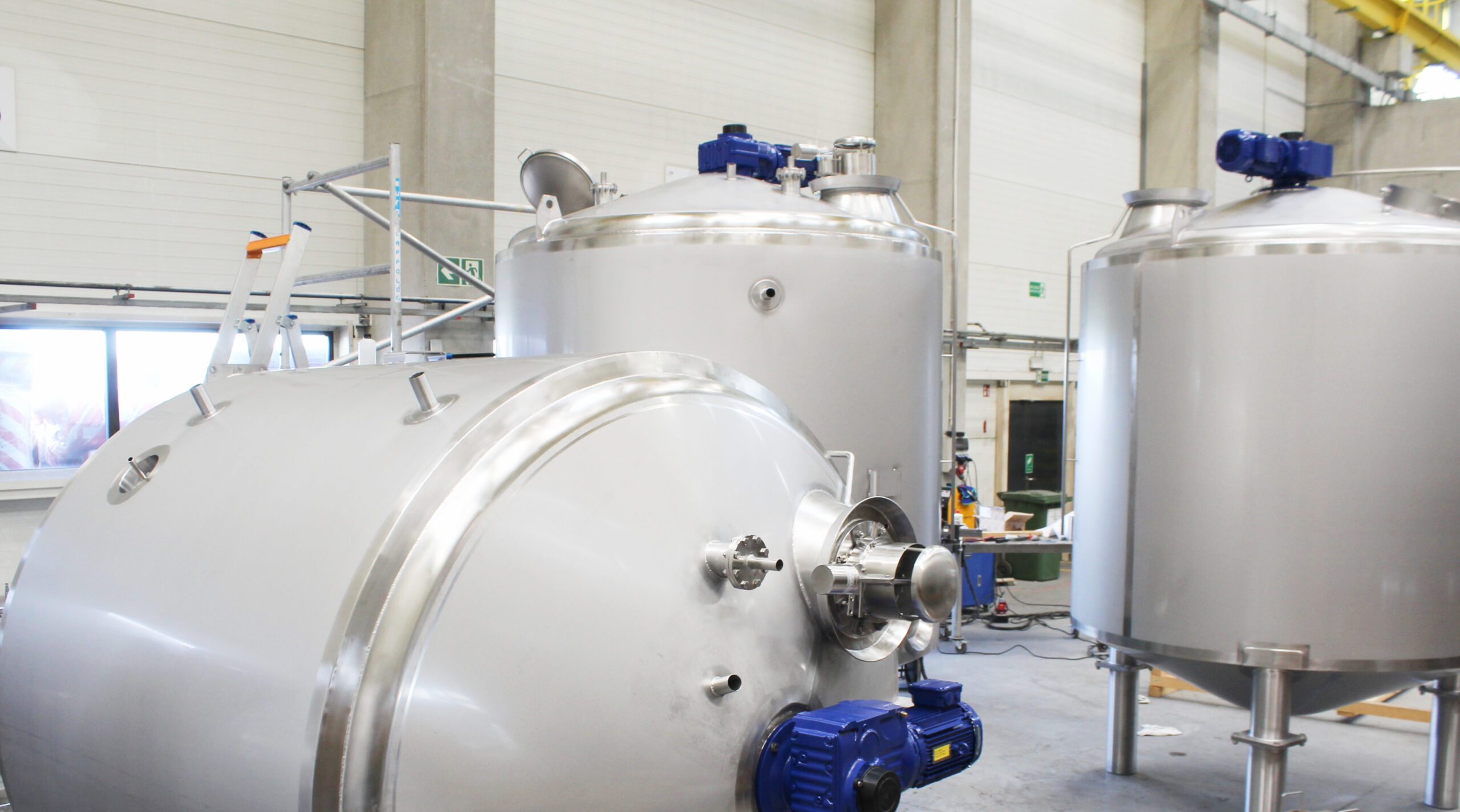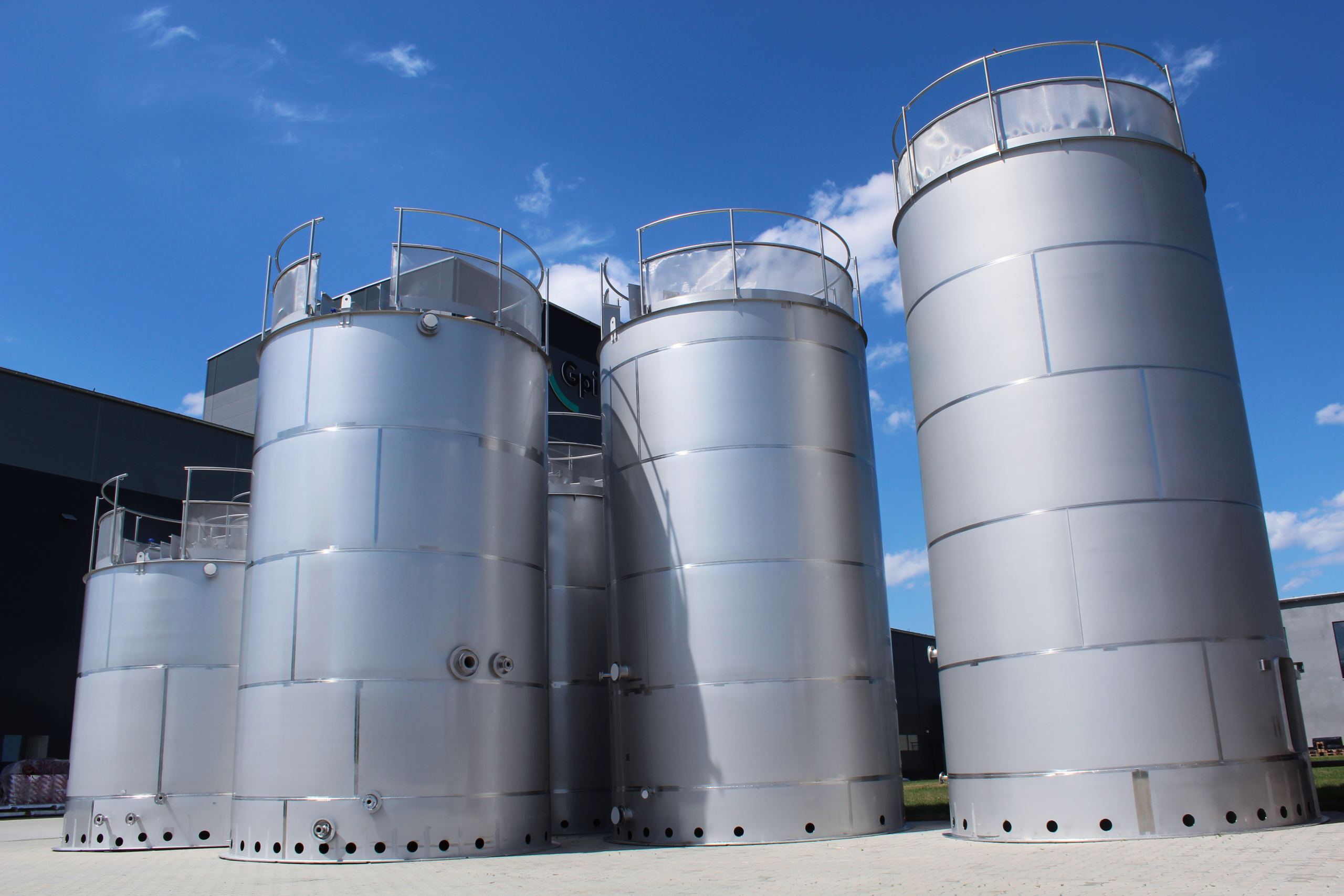Pressure vessels EN 13445
Stainless steel tanks with European standard
Pressure vessels are the perfect design for storing liquids, semi-liquids and gases. Importantly, tanks manufactured to EN 13445 allow for conformity assessment in any European notified and regulatory authority. At Gpi, we adopt the mentioned standard as an indispensable philosophy for the design, construction and testing of stainless steel pressure vessels.
Stainless steel pressure vessels according to EN 13445
Within the European Union, the design and manufacture of tanks for storing raw materials at pressure higher than 0.5 bar is regulated by the strict guidelines contained in EN 13445. The document is a standardisation of national regulations and a supplement to the well-known PED Directive.
Pressure vessels design
Pressure vessels according to the European standard, like other Gpi products, are designed and manufactured on an individual request.
Engineers, on the basis of technical specifications, calculate, optimise and select the material which will be resistant to the stored substance.
When designing a tank, the engineer in charge of the project specifies parameters such as:
- capacity and size of the construction
- vertical or horizontal position
- design and operating pressure
- temperature
- heating / cooling method
- surface finish (standard is Ra 0.8 µm)
- conditions under which the tank will be used
- loads
- connections and mixers
- Tank category (I to IV)

You need a quote for pressure vessels to EN 13445?
Components and additional functions
Tank with an agitator
We also offer our customers tanks with agitators. We work with well known suppliers and provide a complete service and installation of the agitator.
Level of finishing
We can offer different ways of finishing the tank. The standard internal roughness is Ra 0.8 µm, but we always adapt this to the your needs.
Tank optimisation
Gpi trusts only the highest quality stainless steel, which guarantees quality and corrosion resistance. We manufacture stainless pressure vessels mainly from AISI 304, AISI 316L, duplex type steel depending on the end destination.
Strength calculations based on the specified standard are carried out by an experienced team of specialists from the design department. This is where, thanks to the TankDesign2.0 in-house software, the designers precisely determine the wall thicknesses in the tanks and other operating parameters.
The engineers are also supported by Visual Vessel Design, because every detail has a huge impact on the durability of the entire structure.
Gpi specialists are familiar with the technical aspects of manufacturing industrial stainless steel tanks and know exactly how to optimise a given tank in terms of size, wall thickness, material selection and dedicated components to make it functional, safe and cost-effective.
Material selection for stainless steel tanks
For the tank manufacturer and the end user, material identification is fundamental to be able to safely build and use a steel structure. The EN13445-3:2014 standard specifies in detail the range of temperatures and the type of material that can be used in the manufacture of stainless steel tanks. The customer receives a full material list with technical specifications, post quality control protocols and tank tests.
Gpi’s quality control department pays particular attention to the correct execution of material and tank tests. Specialists carry out:
examination of the material to detect imperfections that may affect safety
- examination of the material to detect imperfections that may affect safety
- the material thickness required by standard EN 13445
- verification of welding materials and their markings
